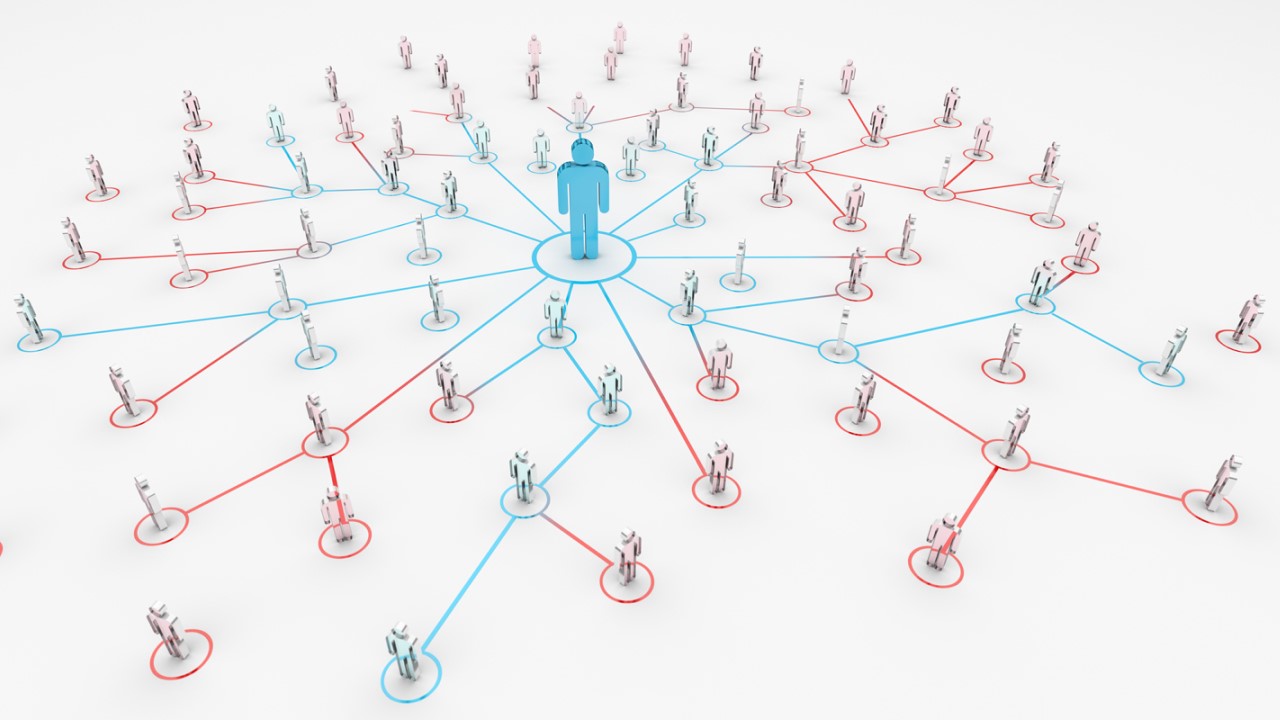
Leadership is the transfer of belief. Influencing other people is difficult. Even under ideal circumstances, changing another person’s mindset, let alone their behavior, is challenging. Yet, modifying workplace culture and improving behavior is the charter given to risk management departments in both private enterprises and the public sector.
Public risk management departments face two key headwinds in their effort to control risk. First, risk managers are expected to reduce the total cost of risk across vastly diverse departments and agencies. Consider common agency locations like airports, correctional facilities, or energy generation centers. Governmental risk programs include a wide array of essential services like law enforcement, first response, and public safety. In truth, public sector risk programs are an ecosystem of individual entities with unique work cultures and leadership structures, which limits the risk manager’s ability to use direct authority and control practices to modify behavior.
Second, risk management departments often lack sufficient resources to cover the breadth of their organizations. Well-established surveys of risk management professionals regularly show that risk departments are routinely understaffed or under-compensated relative to the significant tasks confronting them.
These challenges in program scope and organizational scale require today’s public risk managers to increase their level of influence over stakeholders to effect positive change. This article will explore the innovative ways they are optimizing their partnerships with claims administrators to expand their influence across departments and agencies. To begin, let’s analyze the concept of influence itself.
The Art of Influence
Scholars have discussed the art of influence for eons. In Ancient Greece, Aristotle defined three ingredients necessary to influence others. He called them ethos, logos, and pathos. Together, they are critical to influence. This triad of rules combines to form an influential argument:
Exhibit Ethos. Ethos is all about demonstrating the characteristics of trustworthiness, expertise, and authority. Demonstrating ethos shows your audience that you are qualified to speak on the topic. Ethos starts long before you begin to make your case. You need to build your reputation by developing deep expertise in the topics you want to address.
Leverage Logos. Influence is more likely to occur when your argument contains strong logic and a straightforward rationale. A logical argument will lead your audience to arrive at a logical conclusion before you reveal it.
Promote Pathos. Pathos is all about your ability to tell stories to generate an emotional connection, or empathy, with your audience. Storytelling not only helps your audience visualize the concepts in your argument, but also elicits biological responses that increase your audience’s attention span, focus and creativity.
Maximize Authority through Ethos
By focusing on ethos, public risk managers can explore the following ways to maximize their authority to drive influence across the enterprise.
1. Be an Authority Figure.
Few modes of communication demonstrate more authority than numbers. The most effective public risk management programs encourage and facilitate the robust and active use of a risk management information system (RMIS).
Risk managers can use the RMIS to influence their agencies by helping them clearly see their risk profile, exposure data, and claims results unequivocally. In most cases, numbers speak louder (and faster) than words. The most successful public risk management departments communicate quickly and authoritatively to their agencies through RMIS tools.
2. The Persuasion of the Purse.
It is often said that budgets in the public sector rely on the “power of the purse” to drive behavior. Agencies rely on centralized budgeting processes and funding to operate. Both positive and negative changes to an agency’s budget can impact performance.
Public risk managers who can successfully tie strategic safety initiatives to budgets or appropriation will exercise more direct authority over agency behavior.
One such mechanism is called agency allocation modeling. The process involves precisely measuring an agency’s performance against baseline and historical averages. For example, an RMIS platform can accurately measure key metrics like claim frequency, severity, periods of disability, and expenditures, just to name a few. Leading RMIS platforms come equipped with allocation modules that can provide risk managers with the tools necessary to recommend equitable agency allocations, as well as the reporting required to support budget impact in a positive or negative direction.
If a risk manager can tie budget growth, or contraction, to an agency’s performance on these key indicators, then they can wield higher levels of authority to drive safer workplace conditions.
3. A Smarter Approach to Benchmarking.
No two states or local agencies are created equally. Agencies differ widely in risk profiles, employee counts, job classes, and scope of public service. This is true for internal benchmarking with agency-to-agency comparisons, where interagency comparisons are difficult and ineffectual. It is equally challenging to benchmark an entire public entity to another for the same reasons. This diversity of risk creates a problem of comparison for public risk managers, limiting the authority to speak on performance when the agency lacks a suitable comparison.
However, risk managers can build a smarter data set by leveraging an RMIS that can readily incorporate exposure data, injury types, and job class codes to evaluate their agency’s performance in a more apples-to-apples comparison. Additionally, a case-mix adjusted benchmarking dashboard can factor in dozens of characteristics to enhance context, improve claim-range accuracy, and provide better clarity into what can lower total cost of risk. When paired with a leading RMIS system, these solutions empower public risk managers to make smarter, more informed comparisons.
Exploring innovative ways to leverage partnerships in claims administration—through RMIS solutions, agency allocation modeling, and case-mix adjusted benchmarking—allow public entities to rethink how to expand the public risk manager’s sphere of influence and thereby effect positive change.

GREG MCKENNA is national practice leader, public sector, at Gallagher Bassett. (linkedin.com/in/gjmckenna)
New, Reduced Membership Dues
A new, reduced dues rate is available for CAOs/ACAOs, along with additional discounts for those in smaller communities, has been implemented. Learn more and be sure to join or renew today!

